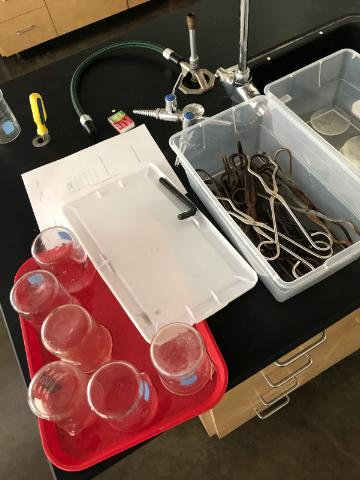NCSD Science Changes – Student Editorial

Science curriculum changes in NCSD.
The practical sciences have often been overshadowed by math and english. However, science is just as, if not more important, than these other core courses. For without science education, students will grow into adults who are unable to distinguish fact from fiction. Not everyone needs to be a scientist and not everyone could be with any degree of economic viability.
Over the next three years, the North Clackamas School District will be rolling out a number of changes to the high school science curriculum. Biology will be moved from Sophomore to Junior year. Freshmen will now have one semester of chemistry and one of physics, rather than global science. While Sophomores will focus on the earth and environmental sciences. These changes aren’t final, and the specifics of the curriculum will be hashed out in meetings with the school board over the next several months.
Some science teachers are apprehensive about these changes.
“I have mixed feelings… I think it will be good for every student to get some chemistry and physics and environmental and earth science… but I’m worried about how students will get to the AP classes.” said Nicole Matthews, a biology teacher at Milwaukie High School.
State requirements mean students must learn the basics of science. Those who have the capacity and drive to go on to careers in the science need the support of the school district. Under this new system anyone who wishes to go into AP will likely need to begin doubling up on science classes their freshman year. However, as the the State of Oregon has continuously underfunded education, science may not have the funding necessary to adequately address the projects associated with the curriculum. It is unlikely the district will get the funding necessary to hire the additional teachers required to take on the increased number of students that will be in a given class due to doubling up.
Currently the district’s science standards and programs are considered by some to be disjointed, especially at the middle and elementary school level. With this lack of standardization, the high schools are unsure what students will need their freshman year, and so the need for freshmen chemistry and physics is greater. However, were standardization at the primary level to increase, this need would decrease, and the high schools would have more time to focus on more the more advanced aspects of each subject.
It is unlikely we will see the level of standardization required to achieve this anytime soon. As such the future of science education in the North Clackamas school District is uncertain. For, without the time to build comprehensive course plans, or the funding to properly carry them out, many students will be caught in limbo.
